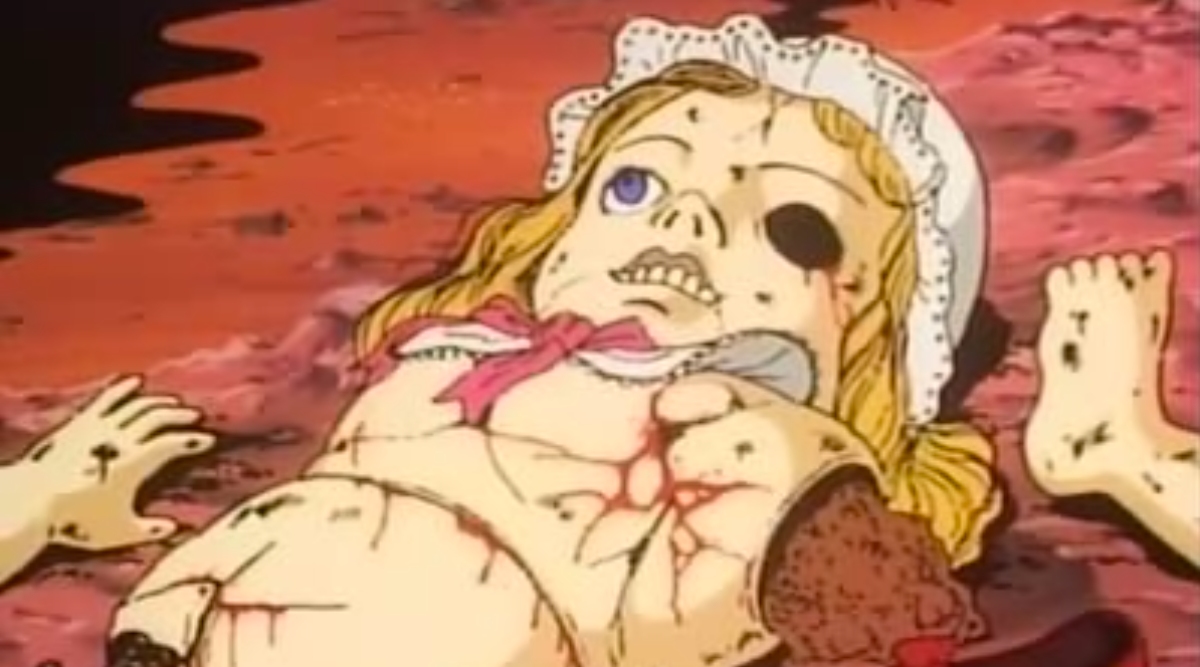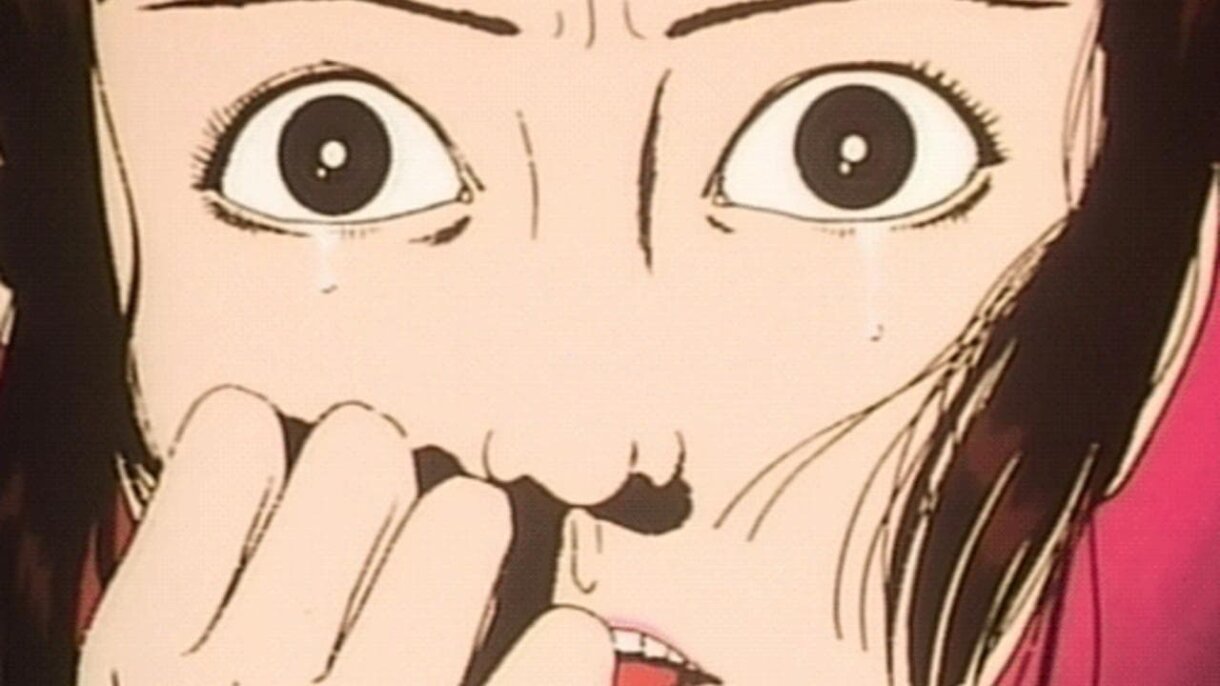This 1992 film traumatized thousands of viewers with its terrifying and depraved plot
Japan is a country known for creating anime and manga of just about anything. There are series on firefighters, judo, painting, demons, reincarnations in dogs…however, very few productions have stood out so much for being so bizarre, grotesque and sleazy that they are equated with Midori: The camellia girl. It’s time to count one of the darkest episodes in manga history Japanese.
In the 1980s, the creation Hiroshi Harada had one ambition: to create an animated film based on a controversial manga created many years ago by Suehiro Maruo. Midori’s Story: The Camellia Girl Always Stands Out For Being Unpleasant and not suitable for all audiences, so she never managed to find sponsors to fund the project. However, the filmmaker did not give up and used his own savings to make it happen.
A story so crude that it has been banned in several countries
- After 5 years of hard work and taking on the role of writer, producer, animator and director, Harada finished his film and prepared it for its future theatrical screening
- During his promotion, he chose to use a very cryptic marketing campaign and included a pseudonym to avoid possible reprisals, and thanks to this got Midori released in some very specific theaters of May 1992
- While the spectators “enjoyed” the entertainment, a theater group performed stunts and interacted with them in multiple ways to give more dynamism to the experience
- The screenings continued until 1994, when a board of censors got in the way and made 26 major edits and cuts to “sweeten” the film, and this was maintained until 2006

- That year, Midori: The Camellia Girl was screened at the San Sebastián Horror and Fantasy Film Festival (Spain), and when the tapes returned to Japan, they were intercepted and destroyed at customs at Narita Airport
- After that, it was only seen again at the 2004 Tokyo Fantastic Festival, and although it won the top prize there by popular vote, the film was totally banned at the express request of the police and was not redistributed for 8 long years
- Luckily the situation took an unexpected turn in 2006 When a French entity took over the distribution rights to the uncensored edition of Midori, which they released on DVD and with subtitles in several languages
- Despite the fact that the Japanese authorities have tried to stop its spread, Harada’s work ended up reaching thousands of homes around the worldalthough there are many places like the United States where it is still forbidden to distribute it

One of the most controversial anime in history
And that’s the story of Midori: The Camellia Girl, an anime that many tried to destroy and ban but finally got into the hands of the people, just as its original author intended. I won’t get into a debate about whether the tape deserves so much scorn because I haven’t seen it, but now I’m quite curious to see what horrified the Japanese so much in the 90s.
Synopsis of Midori: The Camellia Girl
The Camellia Girl tells the story of a desperate girl who, from her job at a monster fair, develops a relationship as an assistant and lover with a mysterious dwarf wizard. Because of this relationship, Midori gradually ends up blurring the boundaries between reality and dream or nightmare. However, under this surreal appearance, hides the exemplary plot of Maruo, closely linked to his own life experience. After the abandonment or murder of the parents, the protagonist enters through an initiatory teacher into a new family without blood ties or, finally, with other blood ties.
